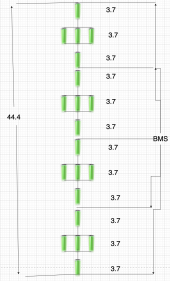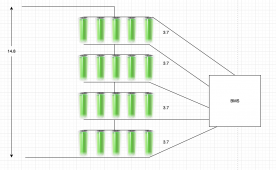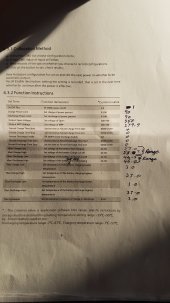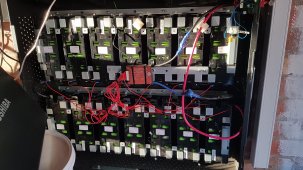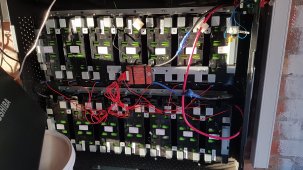Yes it seems like something is wrong with that the pairs on the ends are in series therefore 7.2 v and the inner three batteries in each row are in parallel therefore 3.7 volts = imbalenceI'm pretty new to this, but from my limited knowledge for a 5p set up aren't the packs on the end of each row meant to be connected in parallel to the 3 packs in the middle ? looks like -ve terminal closest to the camera isn't hooked up to the -ve's on the 3 middle packs ? Or have I misunderstood how it's meant to work... I think as it is you've got 3 in parallel, followed by 2 in series, followed by 3 in parallel ??View attachment 112611
Then again I could be wrong as I have have heard that you can connect in series and parallel if done correctly you need to check the maths for total overall voltage and check what your target power capacity is and amphours and then check bms spec is ok and if it is able to balance this configuration
Last edited:



